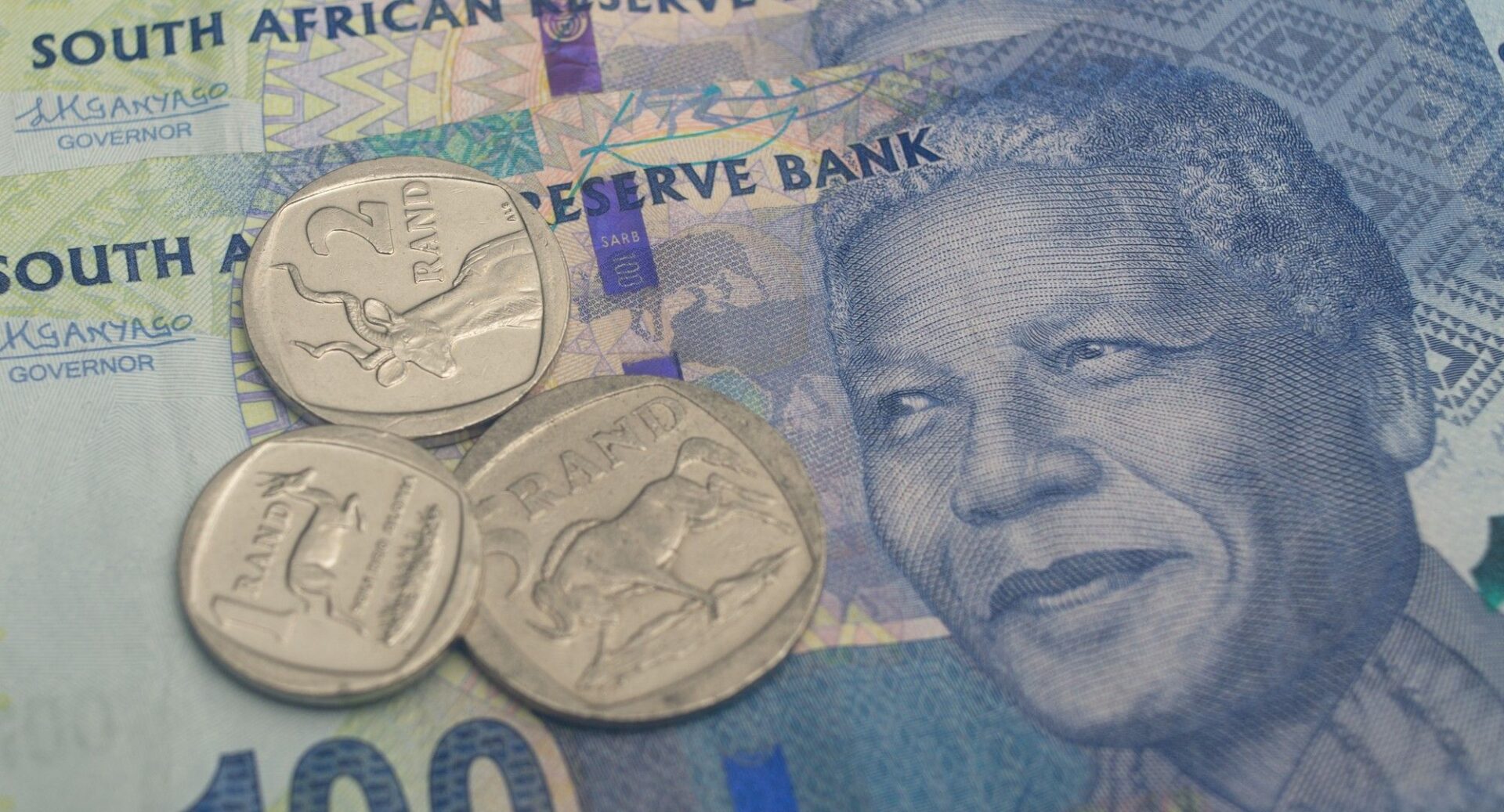The South African rand traded within a tight range on Friday after U.S. inflation data and a series of domestic economic releases provided mixed signals. By 15:21 GMT, the currency stood at 17.6675 per dollar, little changed from the previous session, Reuters reported.
The release of the U.S. Personal Consumption Expenditures (PCE) Index, the Federal Reserve’s preferred inflation gauge, showed an increase that dampened hopes of an immediate U.S. rate cut. Despite this, the rand remained broadly stable, as detailed in the report.
On the domestic front, South Africa’s M3 money supply growth slowed to 6.75% in July, down from 7.27% in June, while private sector credit growth accelerated to 5.8%, up from 4.98%. Meanwhile, the country posted a better-than-expected trade surplus of 20.29 billion rand, offset by a budget deficit of 150.85 billion rand, figures published by Reuters showed.
Market analysts highlighted that the rand’s resilience reflected investor caution, with global inflationary pressures balanced against improving local trade data. They emphasized that the South African Reserve Bank may retain some policy flexibility as it weighs external and domestic economic risks, as highlighted in market commentary.
The outlook suggests that the rand is likely to remain sensitive to both global interest rate expectations and local fiscal developments in the weeks ahead, with investors closely monitoring capital flows and economic indicators for shifts in momentum.


